
Non-military drones are growing in popularity with the use by local police departments traffic reporters, and now the oil and gas industry is looking to get into the action. Researchers and industry alike are hard at work developing new technologies to improve methane detection in hydraulic fracturing operations that are compatible with drones. Many corporations currently use varied forms of aircraft, such helicopters and satellites, equipped with laser sensors or infrared cameras to detect methane. Lighter, less expensive, faster, and more sensitive sensors currently in development are making the use of drones more appealing.
Non-military drones are growing in popularity with the use by local police departments traffic reporters, and now the oil and gas industry is looking to get into the action. Researchers and industry alike are hard at work developing new technologies to improve methane detection in hydraulic fracturing operations that are compatible with drones. Many corporations currently use varied forms of aircraft, such helicopters and satellites, equipped with laser sensors or infrared cameras to detect methane. Lighter, less expensive, faster, and more sensitive sensors currently in development are making the use of drones more appealing.
Researchers like those at Colorado State University are working on cavity ring-down spectroscopy (CRDS) sensors which can not only provide real-time measurements, but also discern between oil and gas derived leaks and those from biological sources such as cattle. These CRDS sensors measure frequently (1 Hertz), making them ideal for moving measurements such as those done by a drone. Coupled with small sensors at ground level, the drones could be used not only to detect leaks but to create a three dimensional model of methane plumes.
As methane emissions become increasingly regulated (Colorado has already established limits from oil and gas sources and more states are expected to follow), the case for monitoring methane at hydraulic fracturing sites grows. Methane, which exists in abundance in oil shale reserves can escape from nearly every stage of the process. Though outdated inefficient equipment are a major source of leakage, a significant amount of methane escapes from the shale reserves through the drill hole where it is then either flared or released directly to the atmosphere. Monitoring and regulating these releases of methane, which is thirty times more potent in trapping heat than carbon dioxide in the atmosphere, could have a significant influence on the contribution of fracking sites to climate change.
Sources: ASME.org, Climate CoLab
Sources: ASME.org, Climate CoLab
Want to read more like this story?
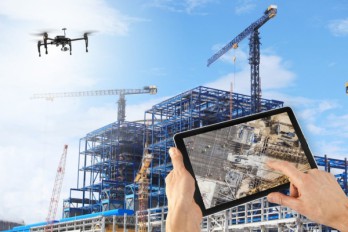
Drones maintain construction timetable and budget under control
Sep, 14, 2018 | NewsDrones are a perfect tool to supervise and control a construction process in order to keep the proje...
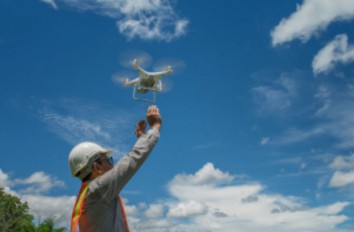
Harnessing Drone Technology for Highway Construction
Jun, 25, 2024 | NewsIn recent years, the integration of drone technology in civil engineering has revolutionized the in...
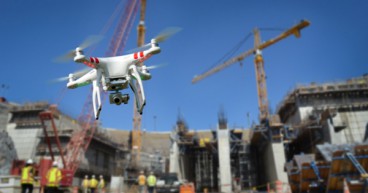
Capturing Reality with Drones - The future is here for construction business
Jan, 31, 2017 | NewsRapid increase in UAV 3D Mapping technology implementation in various scientific and industrial proj...

New Delhi Suffocates as Toxic Smoke from Landfill Fire Engulfs the City
Apr, 22, 2024 | NewsNew Delhi is engulfed in hazardous fumes as a massive fire erupts at the Ghazipur landfill, exacerb...
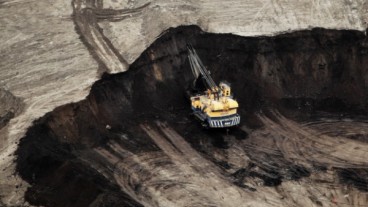
Canada Pledges to Reduce Greenhouse Gas Emissions by 2030, No Regulations for Oil Sands
May, 15, 2015 | NewsCanada has announced new goals to greenhouse gas emissions to thirty percent below 2005 levels by 20...
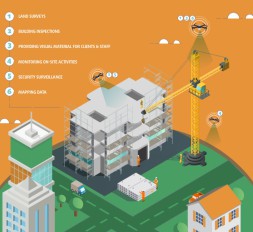
How drones have affected Construction Industry
Nov, 20, 2018 | NewsIn the last years, drones have become an advantageous device, widely used in construction industry,&...

Landmark Approval: BVLOS Drones Cleared for UK Rail Surveillance
Jun, 19, 2025 | NewsThe UK Civil Aviation Authority (CAA) has authorised Drone Major Group to conduct the country’s fir...
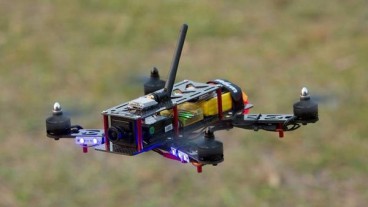
Drones will soon be used in the fight against littering
May, 09, 2016 | NewsThe initiative was taken by Dubai’s Waste Management Department in an effort to keep the munic...
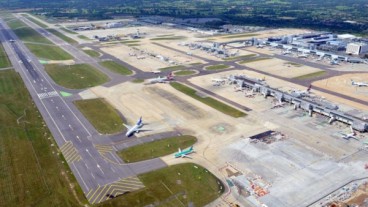
Drone owners arrested for disruption in UK Gatwick airport
Dec, 19, 2018 | NewsTwo people were arrested for using a drone, disrupting Gatwick's airport normal operations for sever...
Trending
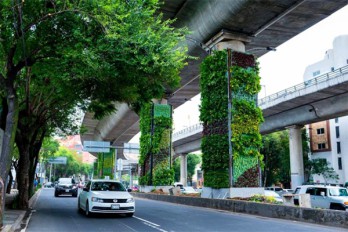
Vertical gardens in Mexico City to combat pollution
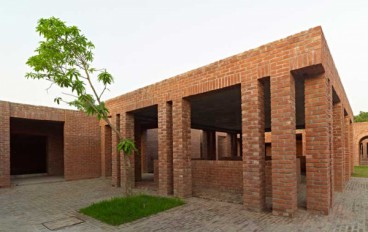
Characteristics of Load Bearing Masonry Construction

Taipei 101’s impressive tuned mass damper
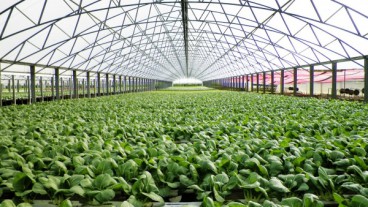
Dutch greenhouses have revolutionized modern farming
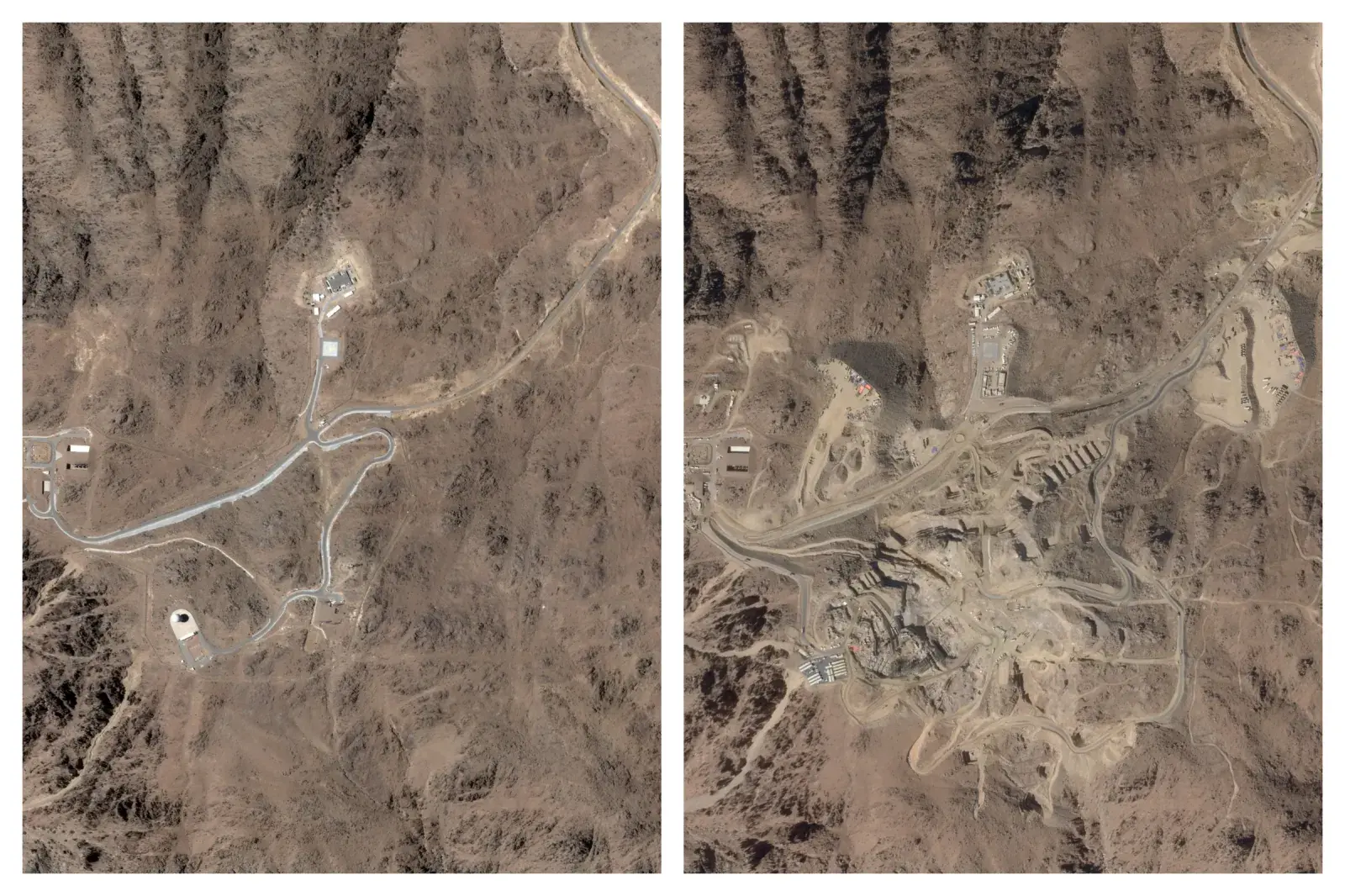
The Line at Neom faces feasibility reassessment while construction continues

The Line at Neom faces feasibility reassessment while construction continues

King Salman Gate unveiled adjacent to Mecca’s Grand Mosque

